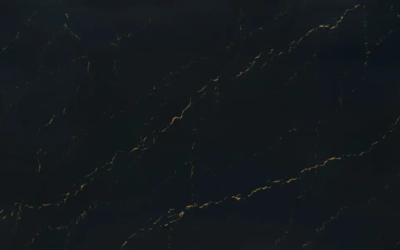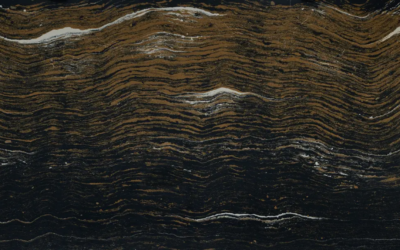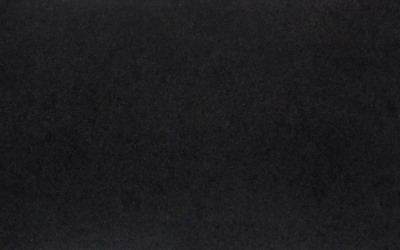cambriausa
Ellesmere™
Ellesmere™ by Cambria is a bold and captivating quartz surface, featuring large white crystal veins set against a deep black background. Accentuated by black and silver flecks, along with dynamic movements of rust, beige, brown, and deep green, this design exudes a sense of mystery and elegance.
The dramatic contrast of dark and light elements creates a surface that is both striking and sophisticated, making it an ideal choice for those seeking a statement piece in their interior design. Whether incorporated into kitchen countertops, backsplashes, or bathroom vanities, Ellesmere™ adds an element of luxury and depth to any space.
Available in both Polished and Cambria Matte® finishes, Ellesmere™ provides versatility in texture, allowing homeowners and designers to choose between a high-gloss reflective surface or a soft, velvety matte look. The 2cm and 3cm thickness options ensure compatibility with a variety of design applications, from sleek waterfall edges to bold island countertops.
As with all Cambria quartz surfaces, Ellesmere™ is non-porous, stain-resistant, and maintenance-free, offering exceptional durability without the need for sealing.

Quartz
- Highly Durable, Non-Porous
- Resistant To Stains
- Resistant To Heat Up To 150 Celcius
- Scratch Resistant But Not As Hard As Natural Stone
MATERIAL TYPE: Quartz
COLOURS: White, Black, Silver, Beige, Brown, Green
AVAILABLE FINISHES: Polished, Cambria Matte®
THICKNESS: 2cm & 3cm
SIZE: 122 x 55.5
Residential: Yes
Commercial: Yes
WALL:
Residential: Yes
Commercial: Yes
FLOORING:
Residential: Yes
Commercial: Yes
OTHER:
Freezing Climate: Yes
Exterior Usage: Yes
- Straight Edge Dolomite Countertops
- Square Edge Dolomite Countertops
- Eased Edge Dolomite Countertops
- Beveled Edge Dolomite Countertops
- Double Bevel
- Quarter Round Edge
- Waterfall Edge
- Half Bullnose
Testimonial



